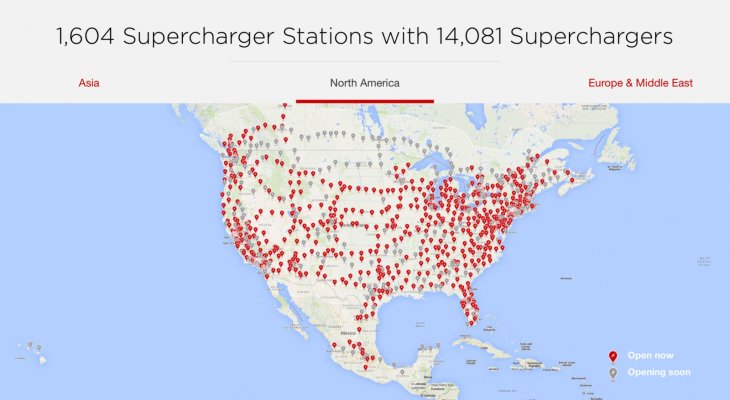Midpack
Give me a museum and I'll fill it. (Picasso) Give me a forum ...
Depends. If you live in a large metro area and don’t travel beyond the round trip range of the car often, you rent an ICE car when you make a longer trip. There are some areas with a strong network of chargers between major metro areas that make longer trips viable, CA and northeast. For some an EV and ICE makes more sense, not everyone.OP here, so I guess if you have an electric car you have to have another car too--you drive the electric car in populated places with chargers and the other car in places with no chargers like the Blue Ridge Parkway?? What happens if you finally get to a place with one charger (like Blowing Rock, NC) and another car is using that charger?
Most Tesla owners know this, and their cars show them where chargers are. Being completely stranded borders on willful ignorance...
Attachments
Last edited:

